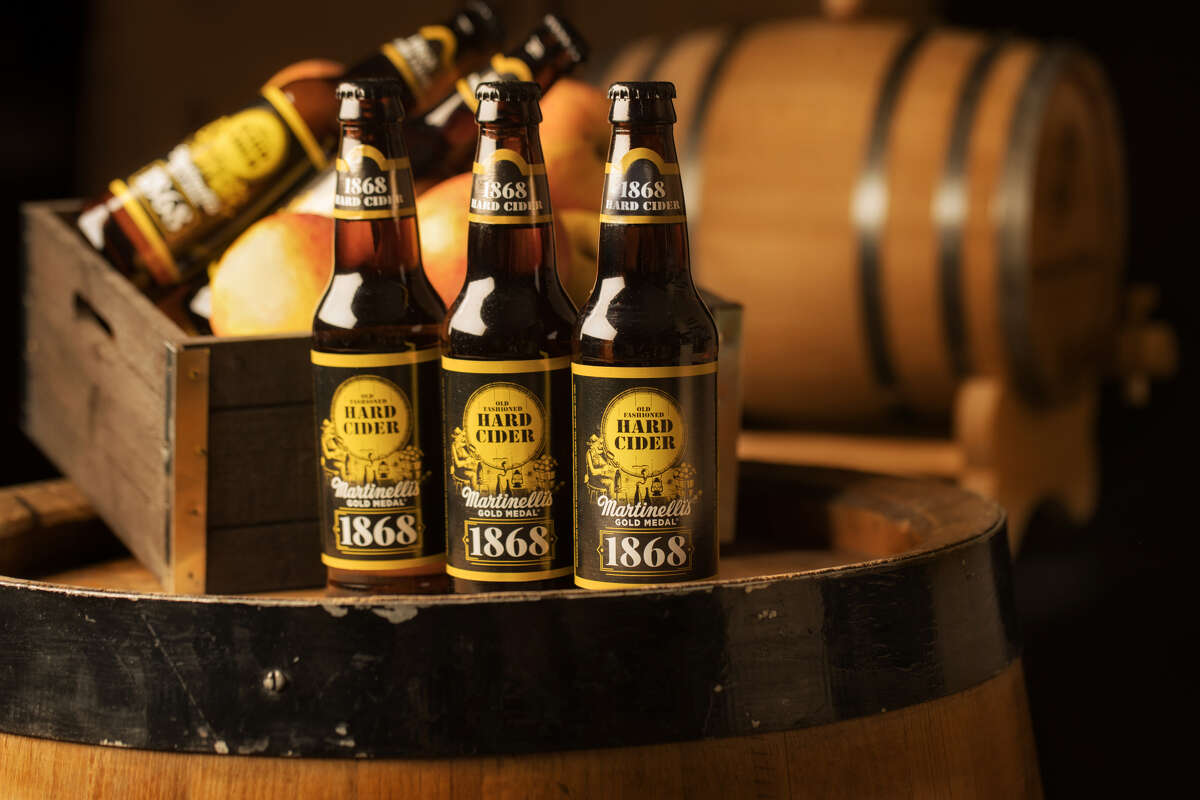 |
| The Swiss Hotel |
[From SwissHotelSonoma.com]
In 1835, fifteen years before the Bear Flag Rebellion that established the California Republic, Mexican General Mariano Vallejo laid out the streets of Sonoma around an 8 acre town square. The square is known locally as The Plaza, and is the crown jewel of Sonoma’s architectural heritage.
Between 1836 and 1840, the General’s Brother, Don Salvador Vallejo, built his family home in the middle of the block on the north side of the Plaza. That beautiful adobe structure still stands today. As a hotel, the home is said to have served as a stagecoach stop in the 1870’s. In 1892 it was acquired by the Toroni family and run as the Ticino Hotel, serving railroad passengers and employees who stopped in Sonoma to spend the night. When another hotel on the west side of the Plaza burned to the ground, the Toronis simply took its name for their own, and to this day the Vallejo home is known as the Swiss Hotel.
Hank Marioni is the fourth generation of his family operating the Swiss Hotel as a hotel and restaurant. His great grandfather, Mose Mastelotto, purchased the building in 1923, and it passed from him to his daughter, Antonetta and her husband Henry Marioni in 1929. In 1945, their daughter, Helen, and her husband Ted Dunlap took over, running the Swiss Hotel until 1991. At that time, their nephew Hank Marioni spent one and a half years remodeling and retrofitting the building, and re-opened the Swiss Hotel as a modern hotel and restaurant while preserving the historic charm.
With a bar that is virtually unchanged through four generations, and walls covered with a photographic history of the town, its people and notable visitors. The Swiss Hotel remains today, as it has for well over 100 years, a beautiful reminder of Sonoma’s colorful past.
*************************
Deep Ticinese roots
Backdated from 9-7-22
After a long period of disarray, I'm currently living in Sonoma, California. The weather is blazing hot compared to coastside, where heat waves only last two to three days. You don't even need to look at the weather report here during the summer. With a population of only 10,739, the surrounding farmland dwarfs the residential area. The Sebastiani Winery is just down the highway, maybe just over a mile away. The decorative flags downtown reflect the regions' old roots: American, Californian, Mexican, Italian, Spanish, French, English, and Swiss which essentially represents Ticinese roots... although there had also been Swiss German farmers in the distant past.
Ticino--just like the Val Camonica, Valtellina, Val Chiavenna, or the Bergamo Alps--is culturally and liguistically Alpine-Lombard. Along with Italian or Swiss flags, once in awhile a flag of Ticino can be spotted. Ticinese or Swiss Italian heritage is historically connected with San Francisco, San Mateo County, Marin County, Sonoma County, and Napa County. A few months ago back in Brisbane, I noticed a flag of Ticino attached, with a forward mounting bracket, to a fence in the Brisbane hills. Spiritually, I feel like it's a small expression of deep cultural continuity for me across the 60 mile trek from home.
.


















